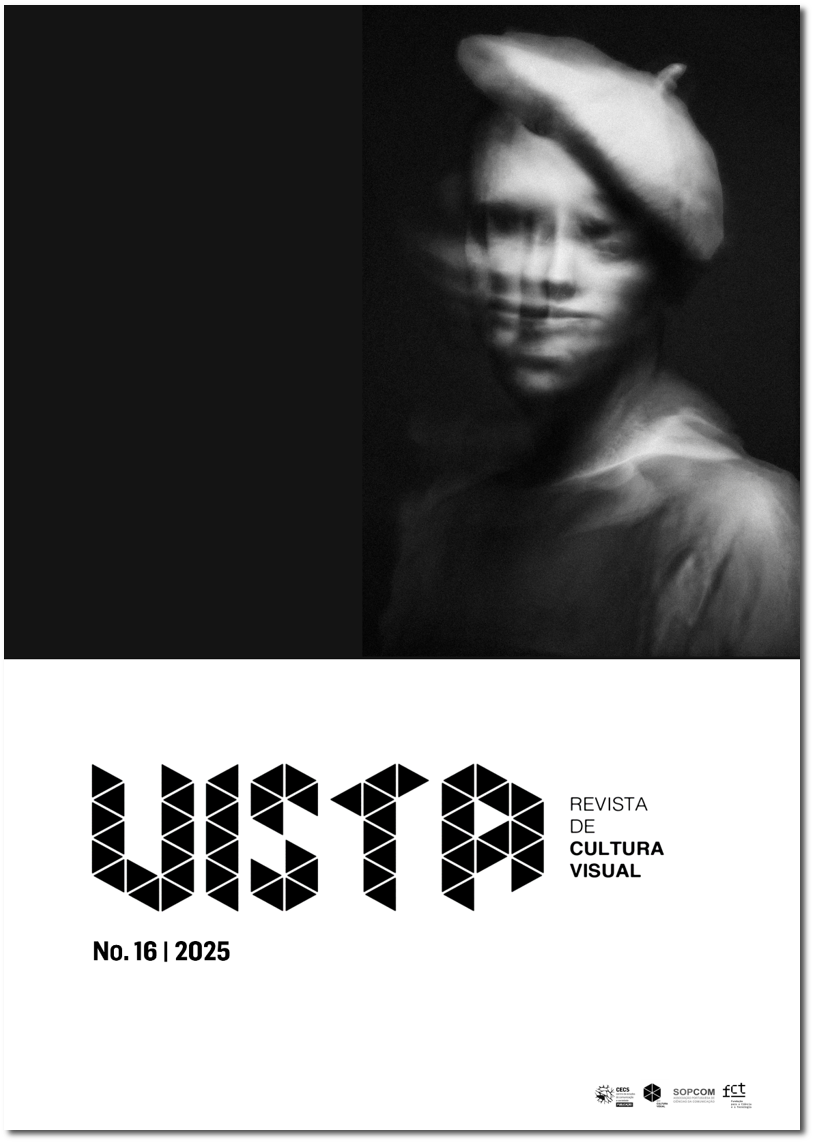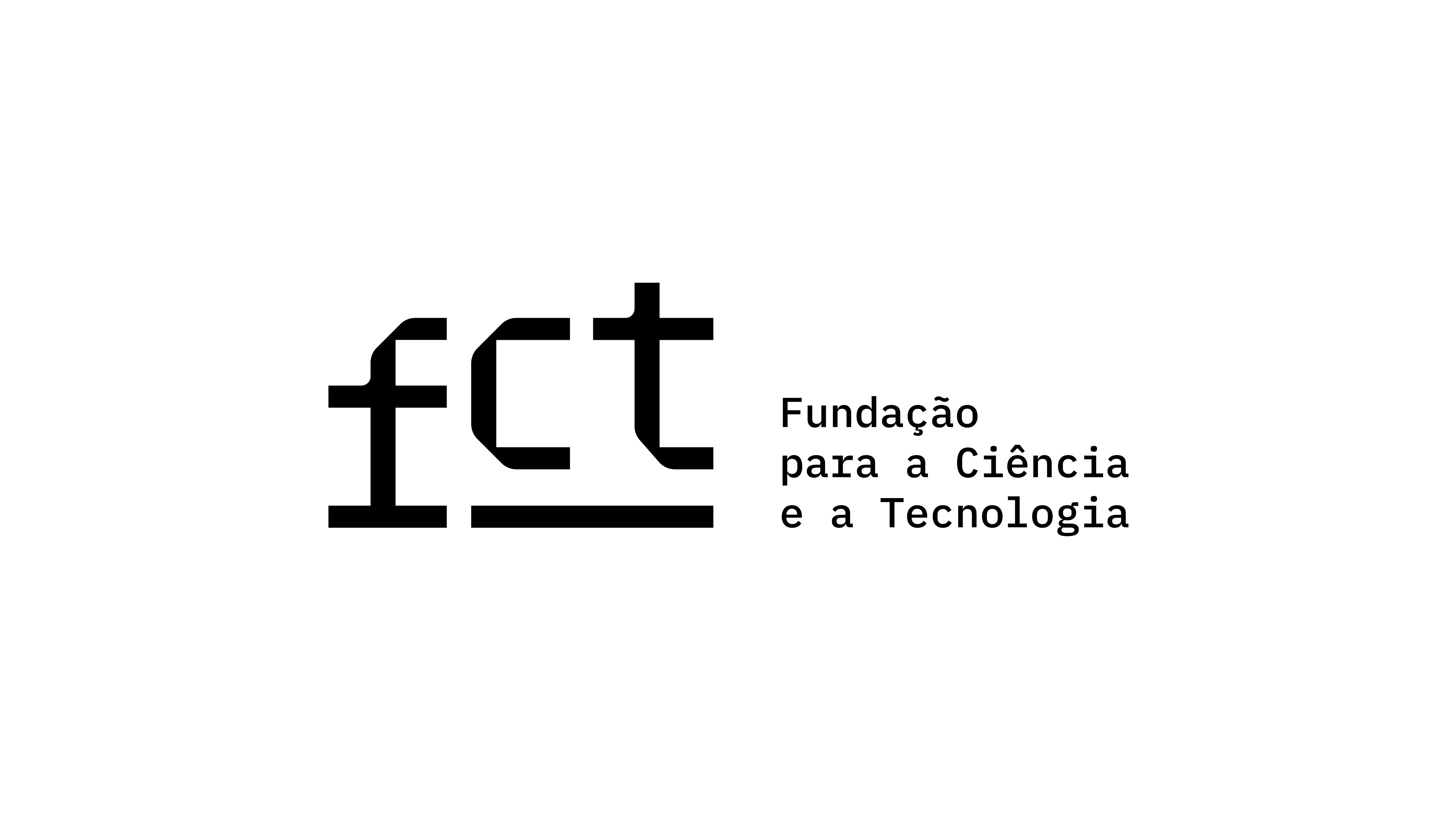Reconfigurable Clothing: Unveiling the Possibilities of Adaptable and Multifunctional Garments
DOI:
https://doi.org/10.21814/vista.6273Keywords:
reconfigurable clothing, sustainable fashion, modularity, customisation, transformable clothingAbstract
This study examines a collection of garments designed to be modified and adapted by the user, referred to as “reconfigurable”. Through bibliographic research, it identifies and analyses the characteristics of different types of reconfigurable garments — namely reversible, modular, transformable, and technological — establishing comparisons with the concepts of “modularity” described by Pine (1992/1994) and with examples of designers and brands that have adopted this approach, either as a permanent strategy or through individual pieces. Hussein Chalayan, Arket, Osklen, Adidas, Cukovy, and Cointel are among the examples considered. Besides enabling the creation of versatile and personalised pieces, the results indicate that reconfiguration contributes to building a more durable and therefore more sustainable wardrobe. In other words, this approach enhances the value of clothing to the user. User interaction with the pieces is fundamental to their transformation, fostering a closer relationship between the wearer and their garments and thereby strengthening this bond. Analysis of the term “reconfiguration” highlights its significance in designating a process of change and adaptation. The objective of this study is to conceptualise and classify types of reconfigurable clothing to justify the proposed terminology. Furthermore, it reveals the relevance of this concept for circular and adaptable fashion. The prefix “re-” conveys the idea of renewal and circularity, intrinsically linked to the four essential practices of sustainable fashion: rethink, reduce, reuse, and recycle.
Downloads
References
Bardin, L. (2011). Análise de conteúdo (L. A. Reto & A. Pinheiro, Trads.). Edições 70. (Trabalho original publicado em 1977)
Baumann, Z. (2021). Modernidade liquida (P. Dentzien, Trad.). Thames & Hudson. (Trabalho original publicado em 2000)
Berlim, L. (2012). Moda e sustentabilidade: Uma reflexão necessária. Estação das Letras e Cores.
Boff, L. (2017). Sustentabilidade: O que é, e o que não é. Editora Vozes.
Bolton, A. (2002). The supermodern wardrobe. V&A Publications.
Calefato, P. (2021). La moda e o corpo: Teorie, concetti, propettive critiche. Carocci Editore.
Dicionário Michaelis. (s.d.). Reconfigurar. In michaelis.uol.com.br dictionary. Retirado a 11 de julho, 2023, de https://michaelis.uol.com.br/moderno-portugues/busca/portugues-brasileiro/reconfigurar/
Dombek-Keith, K., & Loker, S. (2011). Sustainable clothing care by design. In A. Gwilt & T. Rissanen (Eds.), Shaping sustainable fashion: Changing the way we make and use clothes (pp. 101–118). Earthscan.
Farrer, J. (2011) Remediation: Discussing fashion textiles sustainability. In A. Gwilt & T. Rissanen (Eds.), Shaping sustainable fashion: Changing the way we make and use clothes (pp. 19–35). Earthscan.
Fletcher, K., & Grose, L. (2011). Moda e sustentabilidade: Design para a mudança (J. Marcoantonio, Trad.). Editora Senac. (Trabalho original publicado em 2011)
Fry, T. (2009). Design futuring: Sustentainability, ethics and new practices. Berg. DOI: https://doi.org/10.5040/9781350036079
Gwilt, A. (2011). Shaping sustainable clothes: Changing the way and use clothes. Earthscan.
Gwilt, A. (2020). A pratical guide to sustainable fashion. Bloomsbury Publishing. DOI: https://doi.org/10.5040/9781350067059
Körbes, R. (2015). O design de sistemas modulares: Customização em massa de produtos de moda [Dissertação de mestrado. Universidade Federal do Rio Grande do Sul]. LUME. http://hdl.handle.net/10183/133133
KORSHI 01 [@korshi01]. (2019, 15 de maio). A nova coleção da #Korshi01 mostra que o designinteligente da marca não se resume a uma identidade visual [Post]. Instagram. https://www.instagram.com/p/Bxf-2xqnJ4G/?igsh=eXd1czJicWp2cnh5
Laghari, A. A., Wu, K., Laghari, R. A., Ali, M., & Khan, A. A. (2021). A review and state of art of internet of things (IoT). Archives of Computational Methods in Engineering, 29, 1395–1413. https://doi.org/10.1007/s11831-021-09622-6 DOI: https://doi.org/10.1007/s11831-021-09622-6
Li, M.-M., Chen, Y., & Wang, Y. (2018). Modular design in fashion industry. Journal of Arts & Humanities, 7(3), 27–32. https://doi.org/10.18533/journal.v7i3.1271 DOI: https://doi.org/10.18533/journal.v7i3.1271
Lipovetsky, G., & Serroy, J. (2015). A estetização do mundo: Viver na era do capitalismo artista (E. Brandão, Trad.). Companhia das Letras. (Trabalho original publicado em 2013)
Machado, A. M. D.(2011). Vestuário transformável: O contributo de um novo sistema modular [Dissertação de mestrado, Universidade Lisboa]. Repositório da Universidade de Lisboa. http://hdl.handle.net/10400.5/4021
Manzini, E., & Vezzoli, C. (2002). O desenvolvimento de produtos sustentáveis (A. de Carvalho, Trad.). Editora Universidade de São Paulo. (Trabalho original publicado em 1998)
Moraes, M. C. (2008). Ecologia dos saberes. Antakarana/Willis Harman House.
Oliveira, T. E. da S., Silva, M. J., & Oliveira, L. P. de. (2023). Tecnologia vestível: Prototipação e avaliação de sistema para medir a temperatura corporal de crianças na primeira infância. Projética, 14(1), 1–27. https://doi.org/10.5433/2236-2207.2023.v14.n1.46680 DOI: https://doi.org/10.5433/2236-2207.2023.v14.n1.46680
O’Nascimento, R. (2020). Roupas inteligentes: Combinando moda e tecnologia. Editora Senac.
Payne, A. (2021). Designing fashion’s future: Present pratice and tatics for sustainable changes. Blomsbury Publishing. DOI: https://doi.org/10.5040/9781350092495
Pine, B. J., II. (1994). Personalizando produtos e serviços: Customização maciça, a nova fronteira da competição dos negócios (E. E. O. Veiga, Trad.). Makron Books. (Trabalho original publicado em 1992)
Quinn, B. (2002). Techno fashion. Berg.
Quinn, B. (2003). The fashion of architecture. Berg. DOI: https://doi.org/10.2752/9781847888877
Salcedo, E. (2014). Moda ética para um futuro sustentável. Gustavo Gili.
Steal the look [@stealthelook]. (2023, 28 de fevereiro). Quem disse que moda e tecnologia não caminham juntas? Na semana de moda em Paris, a grife @anrealage_official, do designer Kunihiko Morinaga [Vídeo]. Instagram. https://www.instagram.com/reel/CpOLq5JJSdG/
Tobbin, R. A., & Cardin, V. S. G. (2021). Tecnologias vestíveis e capitalismo de vigilância: Do compartilhamento de dados sobre saúde e a proteção dos direitos da personalidade. Revista de Direito, Governança e Novas Tecnologias, 7(1), 126–147. https://doi.org/10.26668/IndexLawJournals/2526-0049/2021.v7i1.7938 DOI: https://doi.org/10.26668/IndexLawJournals/2526-0049/2021.v7i1.7938
Vaccari, A. (2021). Gli abiti trasformabile: Morfologia e performatività nella moda del XX e XXI secolo. Comparative Studies in Modernism, (18), 243–256. https://doi.org/10.13135/2281-6658/5133
Vaccari, A. (2022). Indossare la trasformazione: Moda e modernismo in Italia. Marsilio Editori.
Vieira Pinto, A. (2005). O conceito de tecnologia. Contraponto.
Downloads
Published
How to Cite
Issue
Section
License
Copyright (c) 2025 Ketilley Luciane de Jesus Purpura, Francisca Dantas Mendes

This work is licensed under a Creative Commons Attribution 4.0 International License.
Authors own the copyright, providing the journal with the right of first publication. The work is licensed under a Creative Commons Attribution 4.0 International License.













